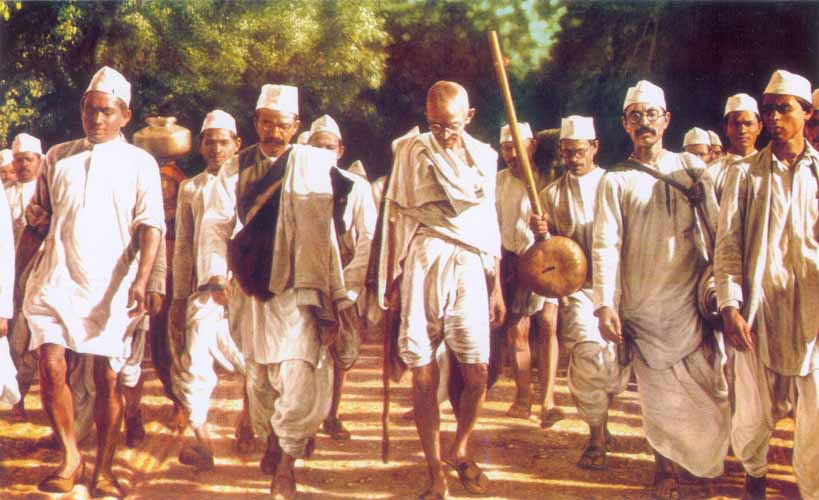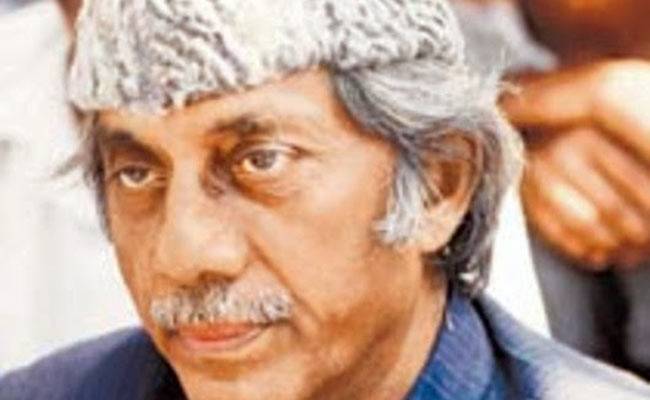Mahatma Gandhi’s Salt March, also known as the Dandi March, stands as one of the most iconic moments in the struggle for Indian independence. This historic event, which unfolded over the course of 24 days in March and April of 1930, not only challenged the might of the British Empire but also ignited a spark of hope and defiance in the hearts of millions across India.
The Background:
To understand the significance of the Salt March, one must first grasp the context in which it occurred. India, at the time, was a colony under British rule, subjected to oppressive laws and heavy taxation. Among the many grievances faced by the Indian populace was the British salt monopoly, which prohibited Indians from collecting or selling salt, a vital commodity in their daily lives.
Mahatma Gandhi, the revered leader of the Indian National Congress and a staunch advocate of nonviolent resistance, saw in the salt tax an opportunity to mobilize the masses and challenge British authority. He envisioned a campaign of civil disobedience centered around the simple act of making salt from seawater, thereby defying British law and asserting Indian self-sufficiency.
The Spark:
On March 12, 1930, Gandhi set out from his ashram in Sabarmati, Gujarat, accompanied by a small group of followers, on a journey that would reverberate throughout history. Clad in his trademark loincloth and with a staff in hand, Gandhi embarked on what would become a 240-mile trek to the coastal village of Dandi. Along the way, he addressed crowds of supporters, urging them to join him in the fight for freedom through nonviolent means.
The March:
The Salt March was not merely a physical journey but a symbolic one, representing the collective aspirations of a nation yearning to break free from the shackles of colonialism. As Gandhi and his followers traversed dusty roads and crossed scorching plains, their numbers swelled with each passing day. Farmers, laborers, students, and activists from all walks of life flocked to join the march, drawn by Gandhi’s message of hope and resistance.
Despite facing harassment and intimidation from British authorities, Gandhi remained steadfast in his commitment to nonviolence. He emphasized the importance of discipline and restraint, urging his followers to remain calm and composed in the face of provocation. His unwavering dedication to the principles of truth and ahimsa (nonviolence) served as a guiding light for all who marched alongside him.
The Arrival:
On April 5, 1930, after 24 days of arduous travel, Gandhi and his followers reached the shores of Dandi, where they were greeted by a jubilant crowd of supporters. With thousands looking on, Gandhi stooped down, picked up a handful of salt-laden mud, and declared, “With this, I am shaking the foundations of the British Empire.” In that simple act, Gandhi had struck a blow against colonial injustice and galvanized the spirit of resistance across India.
The Aftermath:
The Salt March did not immediately lead to India’s independence, but its impact was profound and far-reaching. The campaign of civil disobedience sparked by Gandhi’s actions inspired similar movements across the country, leading to widespread protests, boycotts, and acts of defiance against British rule. The British government, realizing the growing tide of dissent, responded with repression and arrests, further fueling the flames of rebellion.
In the international arena, the Salt March captured the world’s attention and garnered sympathy for India’s struggle for freedom. Newsreels and newspaper reports disseminated images of peaceful protesters being beaten and arrested by British authorities, drawing condemnation from around the globe. The moral authority of the Indian independence movement grew exponentially, as people everywhere recognized the righteousness of the cause.
Legacy:
More than seven decades have passed since the Salt March, but its legacy endures as a testament to the power of nonviolent resistance and the indomitable spirit of a people determined to chart their own destiny. The march served as a catalyst for India’s independence movement, paving the way for future leaders to carry forward Gandhi’s message of peace, justice, and equality.
Today, as we reflect on the significance of the Salt March, we are reminded of the enduring relevance of Gandhi’s teachings in our world. In an age marked by violence, injustice, and division, Gandhi’s example offers a beacon of hope and a reminder that true change comes not through force or coercion but through the transformative power of love and compassion.
As we honor the memory of those who marched alongside Gandhi in the pursuit of freedom, let us recommit ourselves to the principles of truth, justice, and nonviolence that he espoused. May we draw inspiration from their courage and conviction as we strive to build a more just and peaceful world for future generations.






